Laurin-Whitney Gottbrath AXIOS 3/13/2021
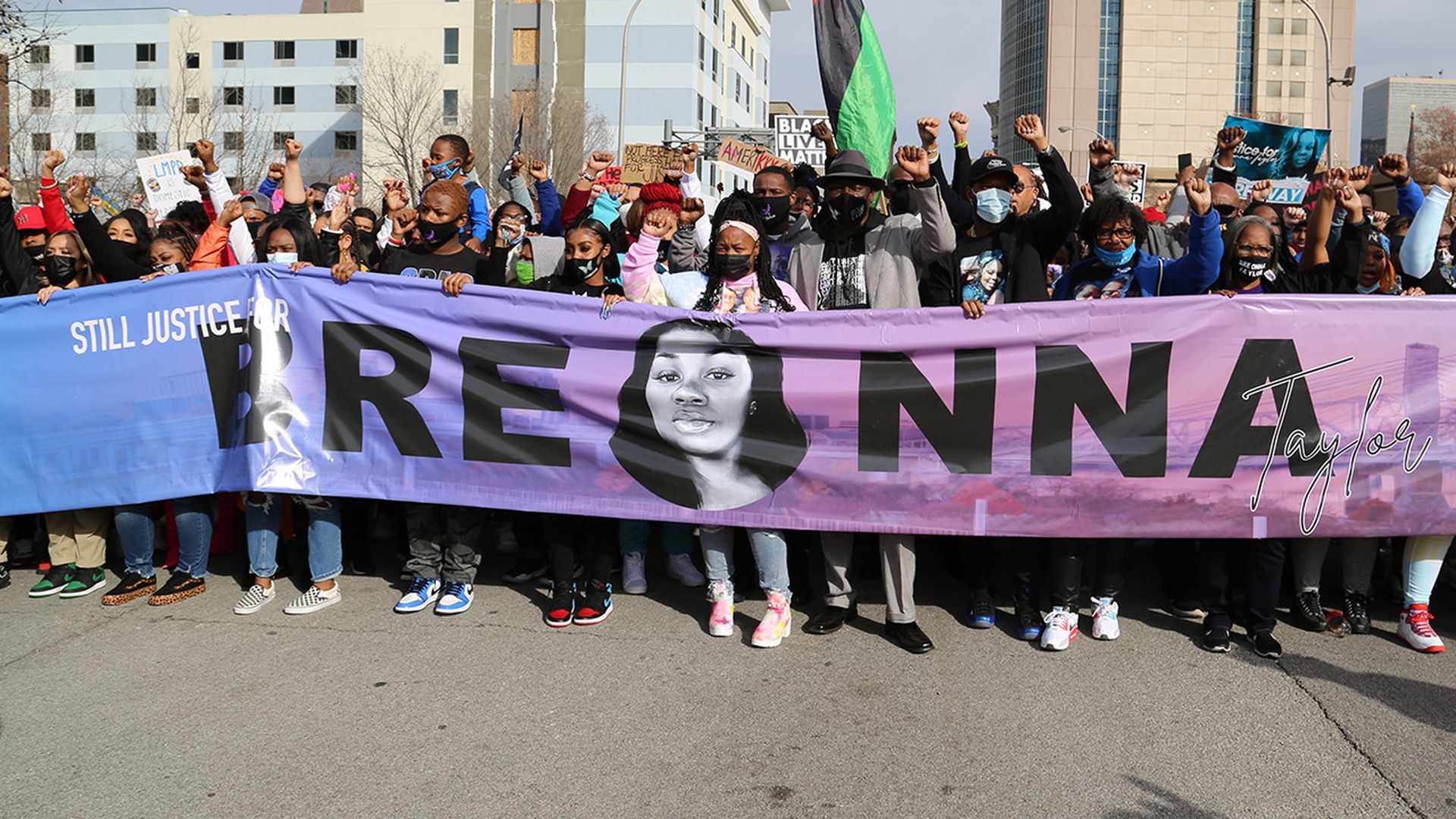
Breonna Taylor's family leads a march as Louisville marks one year since her death. Photo: Laurin-Whitney Gottbrath
Hundreds marched in Louisville, Kentucky, on Saturday to mark one year since the police killing of Breonna Taylor, an unarmed Black woman.
The big picture: The families of other Black and Brown people shot by police, including Jacob Blake, Danny Ray Thomas and Sean Monterrosa, joined Taylor's family in Louisville to remember the 26-year-old and renew their calls for justice.
What they're saying: "It's a good day for the DOJ to arrest the cops who killed Breonna Taylor," Benjamin Crump, Taylor's family lawyer, told Saturday's crowd in Louisville.
Sadiqa Reynolds, president of the Louisville Urban League, said "this is bigger than me and you. This is about justice. ... This is so we make sure that not another person dies at the hands of the police."
President Biden tweeted, "Breonna Taylor’s death was a tragedy, a blow to her family, her community, and America. As we continue to mourn her, we must press ahead to pass meaningful police reform in Congress. I remain committed to signing a landmark reform bill into law.
Context: Police fatally shot Taylor on March 13, 2020, as they barged into the 26-year-old's home in plain-clothes while serving a search warrant.
Louisville Metro Department Police officers returned fire after Taylor's boyfriend, who said he believed someone was breaking into the home, fired a shot as officers broke down the apartment's door.
No officers were directly charged for Taylor's death. Three officers were fired and others were disciplined. One was charged for firing shots into neighboring apartments. An FBI investigation into the case is ongoing.
Louisville's Metro Council last year passed "Breonna's Law," which bans no-knock warrants, like the one used in the raid on Taylor's home. The state's Senate also passed a bill that would limit the use of no-knock warrants, though protesters have called for a complete ban
.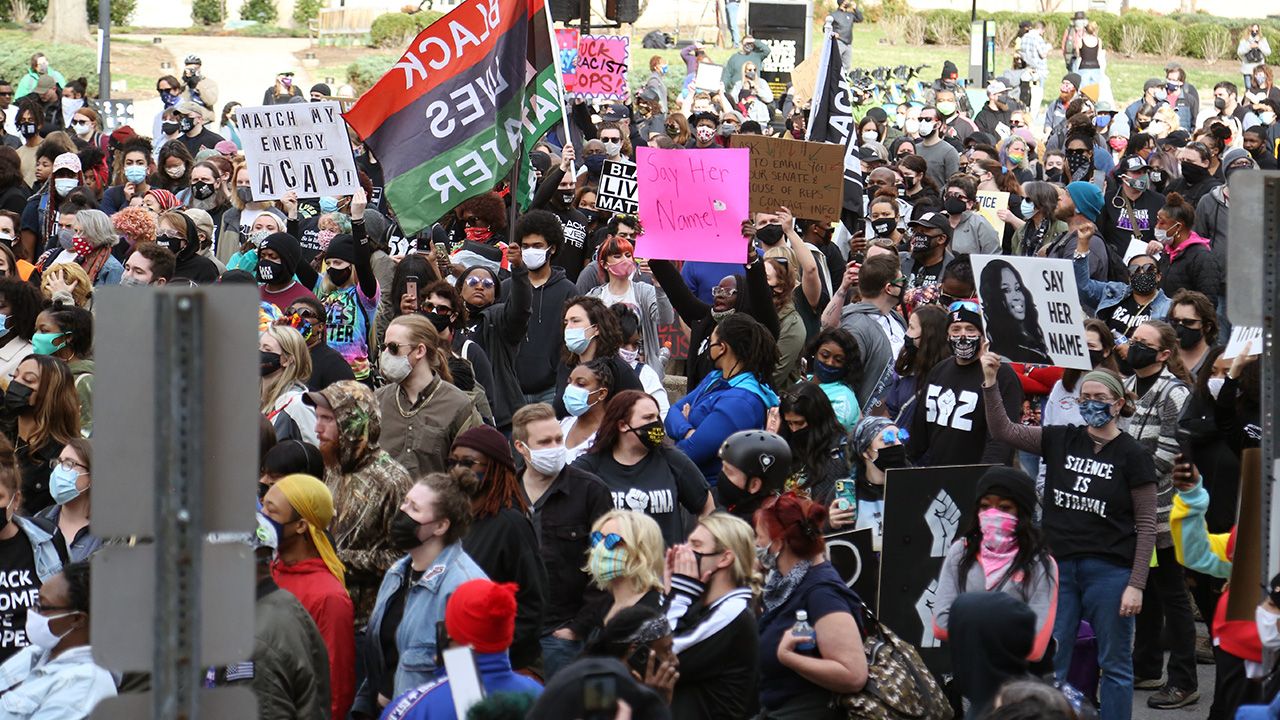

Protesters march in Louisville to mark one year since the police killing of Taylor. Photo: Laurin-Whitney GottbrathTamika Palmer, Taylor's mother, and lawyer Ben Crump lead a march in Louisville. Photo: Laurin-Whitney Gottbrath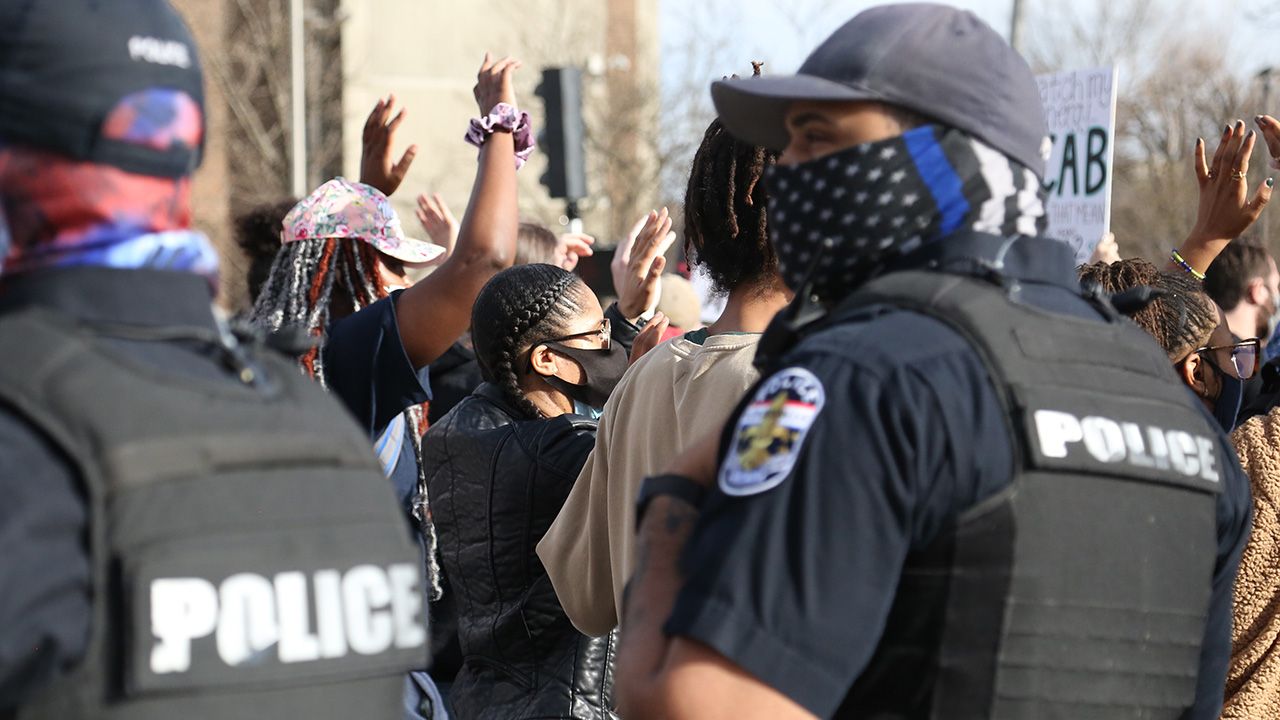

Protesters in Louisville chant, "hands up, don't shoot," as they march past police. Photo: Laurin-Whitney Gottbrath
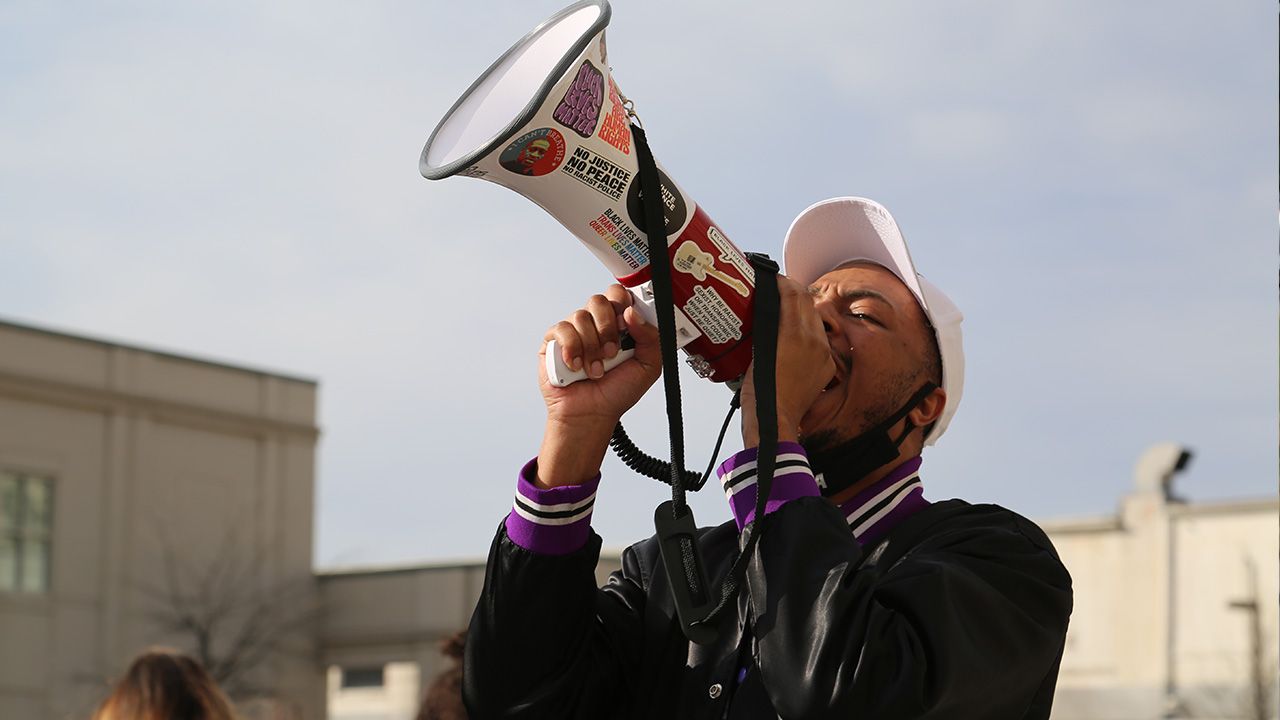
Protesters in Louisville took to the streets for more than 180 consecutive days last year to demand justice for Taylor. Photo: Laurin-Whitney Gottbrath
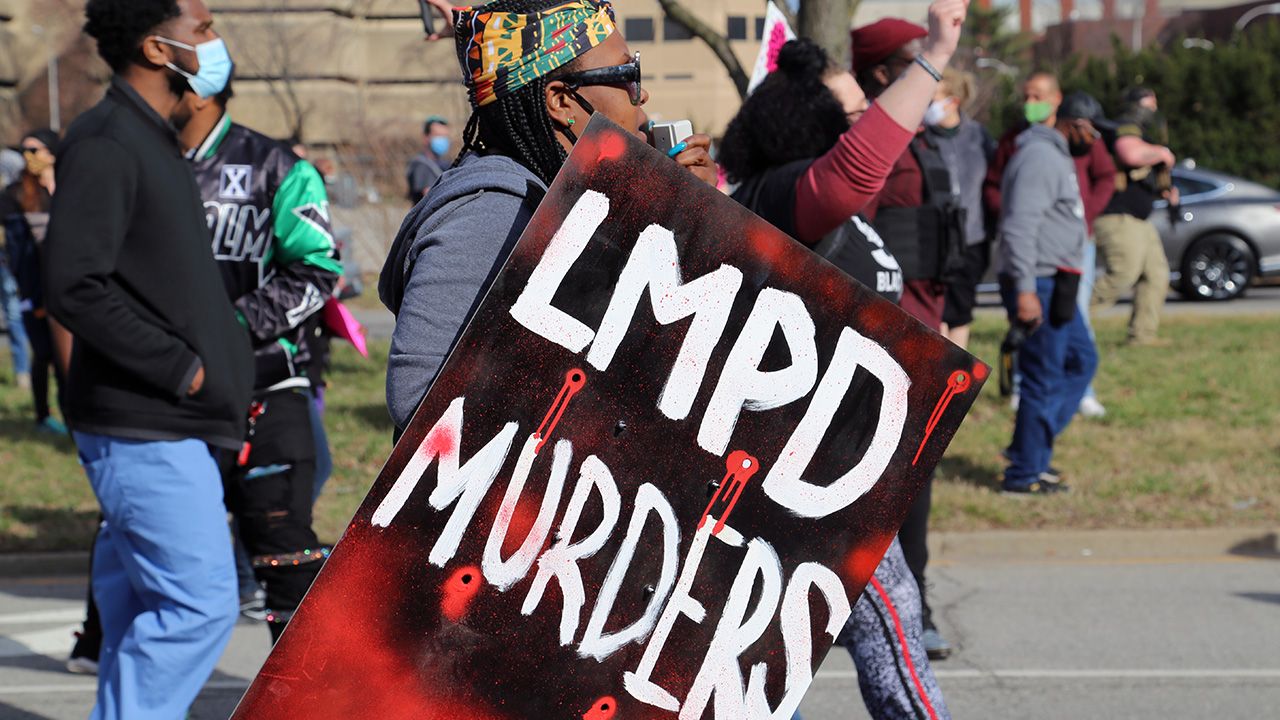
Protesters have repeatedly called for the officers involved in Taylor's death to be charged. Photo: Laurin-Whitney Gottbrath
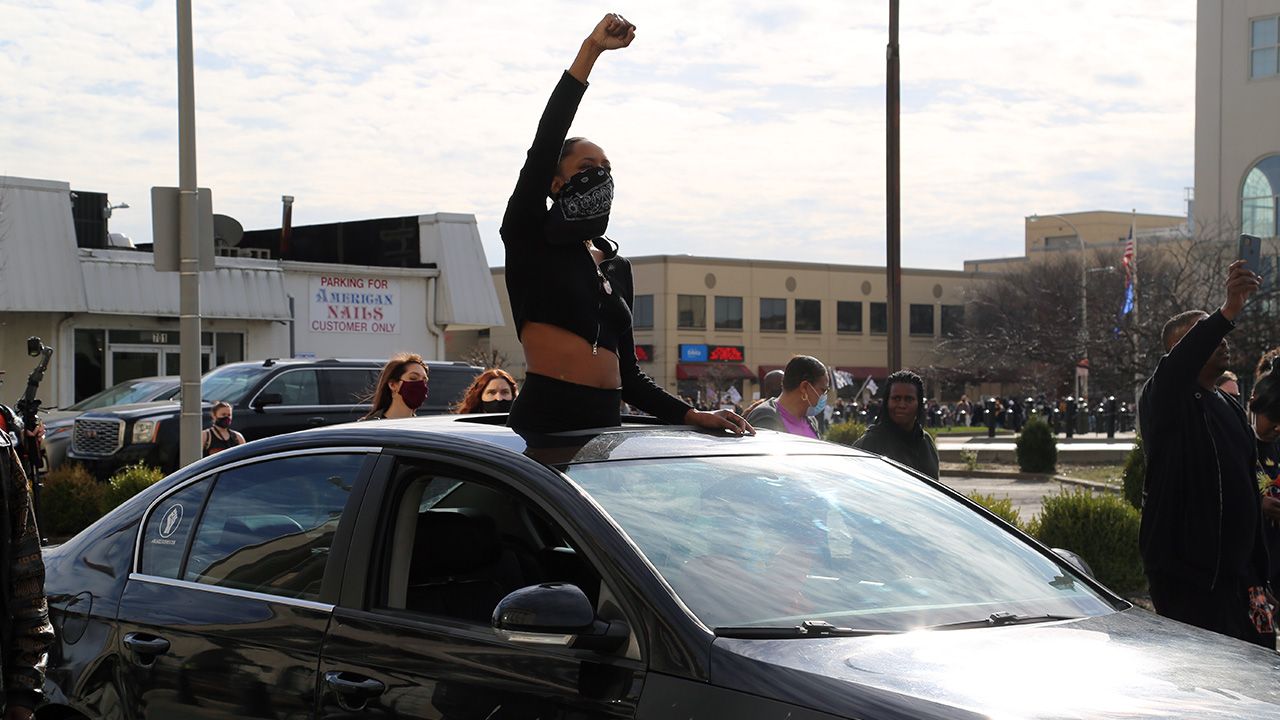
Protesters chant, "Breewayy," to honor Taylor on Saturday. Photo: Laurin-Whitney Gottbrath

Protesters call for justice for all Black people killed by police. Photo: Laurin-Whitney Gottbrath
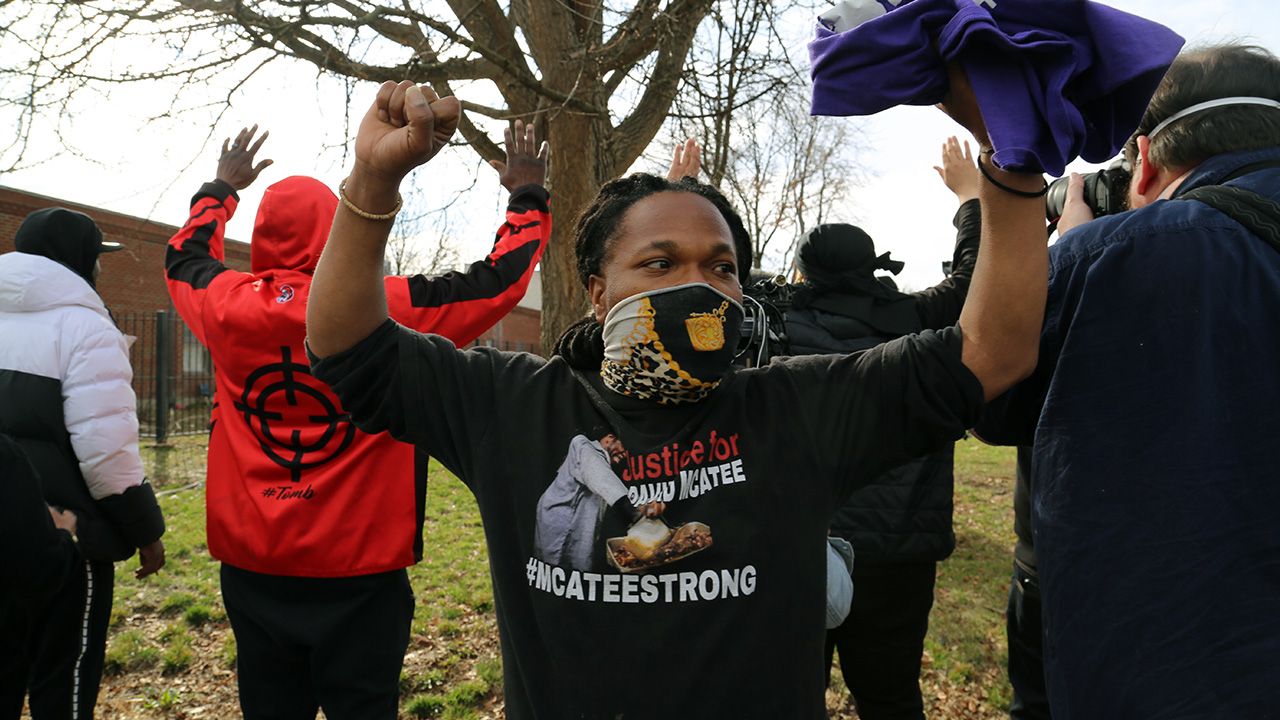
Protesters chant, "no justice, no peace," as they march in downtown Louisville, on Saturday. Photo: Laurin-Whitney Gottbrath
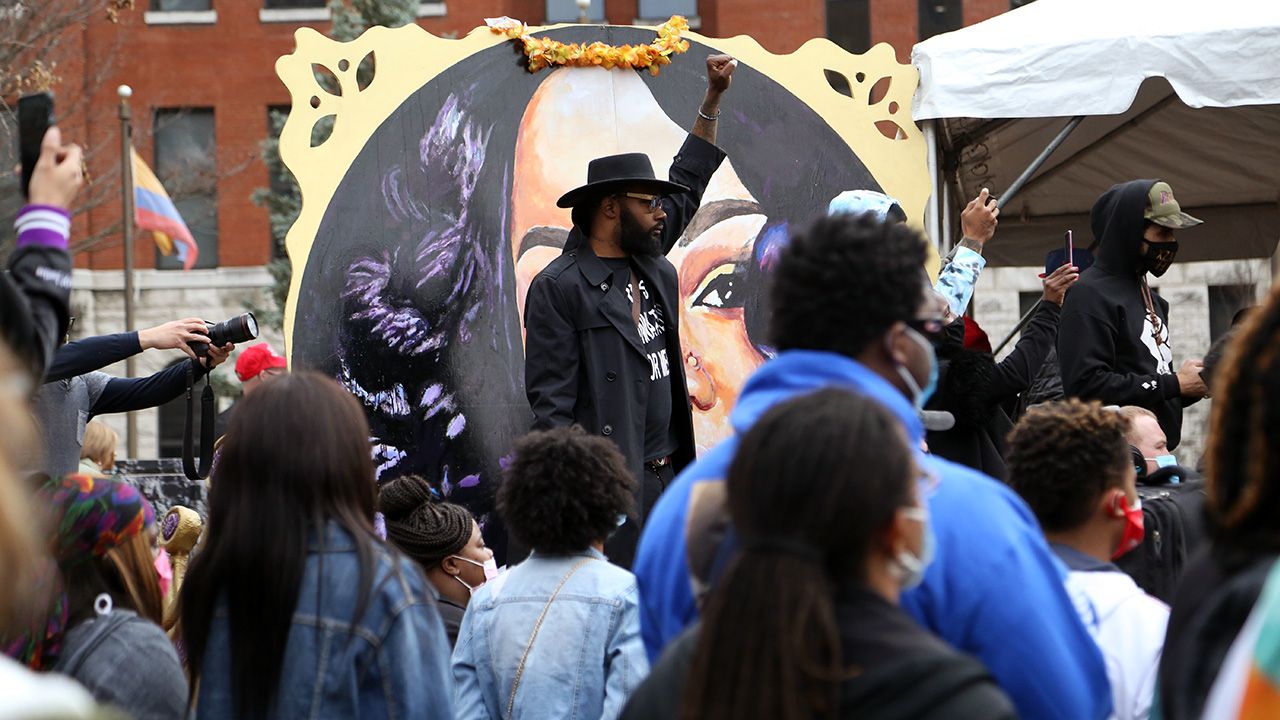
Hundreds march in Louisville to remember Taylor on the first anniversary of her death. Photo: Laurin-Whitney Gottbrath
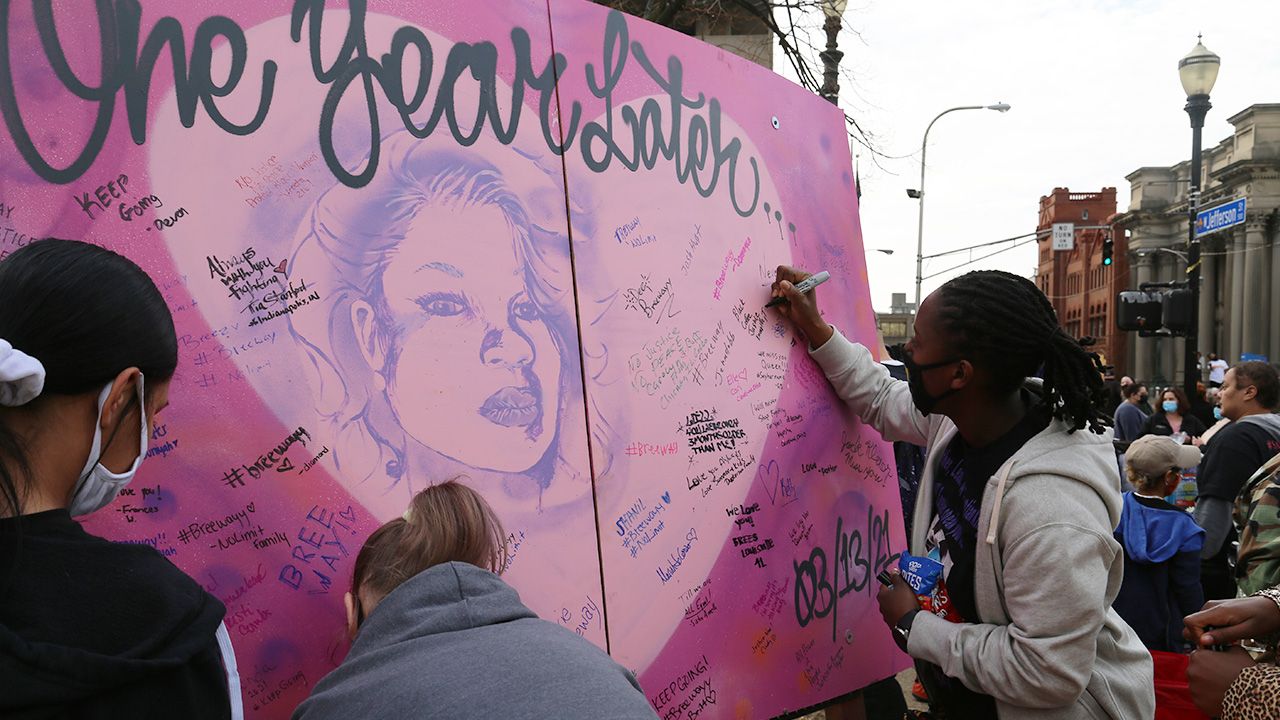
Protesters sign a banner to honor Taylor's memory. Photo: Laurin-Whitney Gottbrath
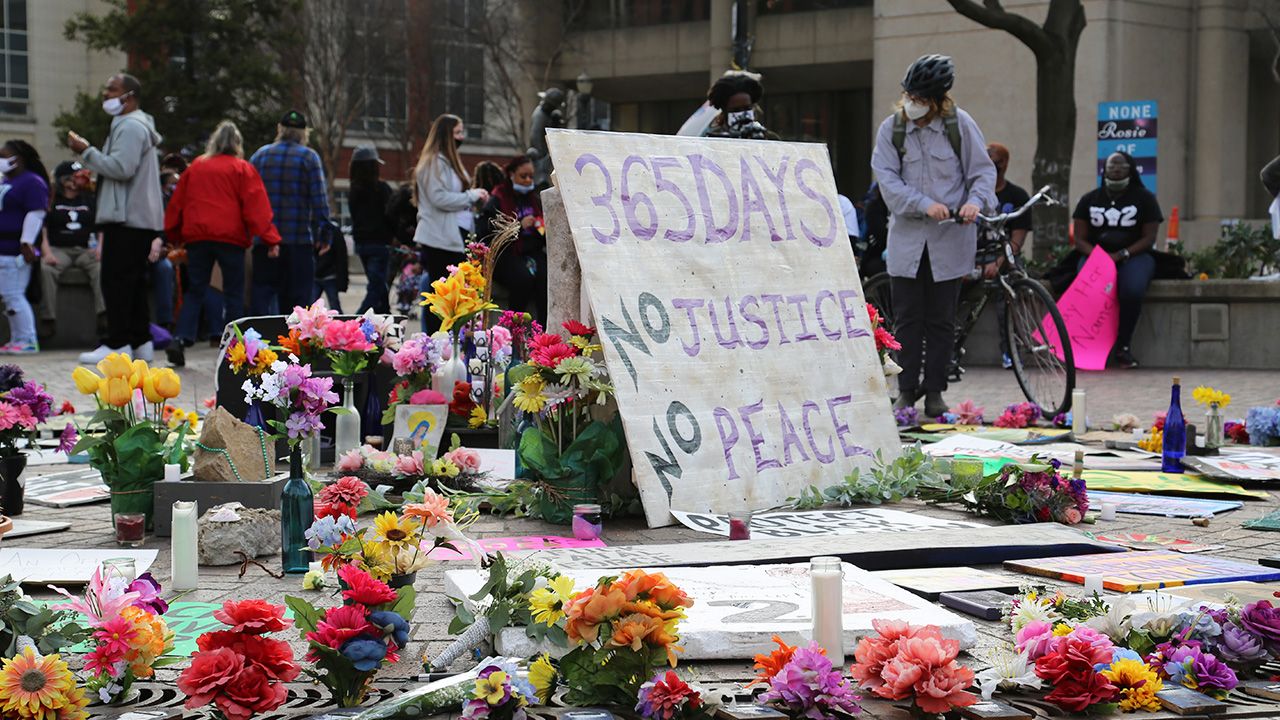
The Louisville park, known to protesters as "Injustice Square," has been the center of protests calling for justice for Taylor. Photo: Laurin-Whitney Gottbrath
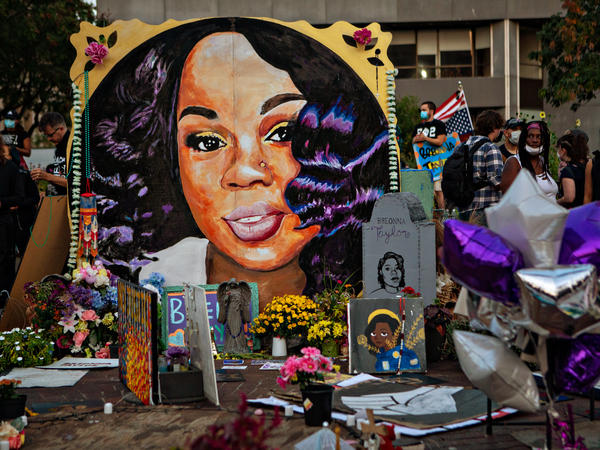








/cdn.vox-cdn.com/uploads/chorus_image/image/68961974/1199814440.0.jpg)




